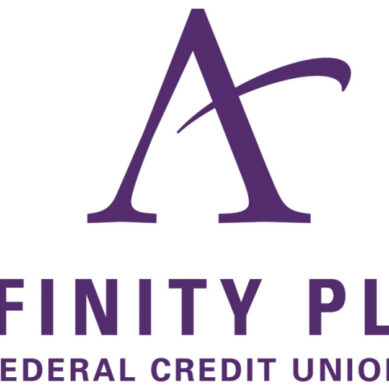When talking about unemployment in this country, you may hear the terms U-3 and U-6 thrown around. And while you might remember what U-3 is (your basic unemployment rate as reported by the Bureau of Labor Statistics), I’ll bet that U-6 sent a few of you back to your first-year economics books. After all, though you may have casually considered the strategic impact of the best known and reported unemployment rate (U-3) on your future staffing needs, you can be excused if you’re not geeky enough to know or care about the seldom discussed U-6 measurement.
What is the U-6 rate?
The U-6 rate is a much broader measure than U-3 and is defined by the following three characteristics:
We all know that the U-3 rate is currently at an all-time low of 3.5% and has decreased in the last year from the December 2018 rate of 3.7%, or a decrease of 5.4%. The U-6 has also decreased year over year from 7.5% in December 2018 to a current all-time low of 6.7%, a decrease of 10.7%.
This decrease means that many over-qualified or “available to work” part-time candidates are no longer out there to fill your entry level positions, part-time positions in your call centers, or various operational positions. What was already a tight labor market for all employers as gotten drastically tighter. What’s your strategy to keep your growing credit unions well-staffed and providing quality member service?
Rely on your partners!
If you are a believer in the “Power of the Network,” now is the time to exercise that trust you have in your partners. Your strategy needs to be evaluating alternative network resources that allow you to transfer these hiring headaches to a larger network solution that allows you to outsource a particular operational function, like your call center, and lowers your exposure to the variable costs that can now be locked down to a fixed cost. This is a role that CUSOs can fill in your strategic needs to beat this problem for credit unions of all sizes.
A natural solution to this human resource shortage is to identify technological solutions that can replace your traditional workflow. Once again, lean on your network partners who can offer scalable solutions that are often too expensive for your credit union and require an unaffordable level of expertise to evaluate and manage. This is certainly true when it comes to call center solutions. Today, many CUSOs are dedicated to identifying those new solutions that utilize conversational bots and leverage the most current science in natural language understanding, machine-learning strategies and consistent multiple digital channel experiences. Constantly looking for ways to reduce the man hours needed to supply the highest level of member service while improving the member experience is a time consuming and expensive effort.
When you develop your strategic plan, always include your network ownership as a competitive and strategic advantage. Make sure that your board, employees, and owner/members know that your network always stands ready to support any opportunity and overcome any barrier. Your ownership in a network can bring you best of breed solutions that you can count on when you feel the pain of U-6!































































